5 little-known wars that claimed millions of lives and happened in the last 150 years (7 photos)
These conflicts are not studied in history lessons, and little has been written about them in the media. 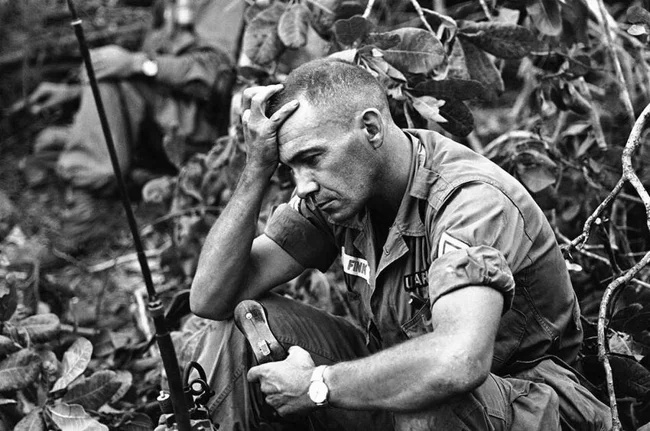
Each such war proved fatal for its region, but it went unnoticed by the rest of the world. In this article, we have selected the 5 most bloody military campaigns that took place in the last 150 years and remained little noticeable.
Paraguayan War (1864 - 1870) 
The conflict that developed between Paraguay and the union of Brazil, Argentina and Uruguay. By the second half of the 20th century, Paraguay was at the peak of its power. The country was ruled by dictator Antonio Lopez, who set a course for building an autarky - an autonomous economy closed from the whole world.
At first, this strategy paid off. However, development was limited by the lack of access to the sea and the opposition of Brazil and Argentina. The latter occupied Uruguay in 1864.
The Paraguayan authorities considered the occupation of their neighbor a threat and declared war on Brazil and Argentina. At the same time, there was a reason to acquire access to the sea. Lopez's army had a numerical and technological advantage. However, it was forced to fight on several fronts and had tens of times fewer reservists than its opponents, and as a result it was defeated. 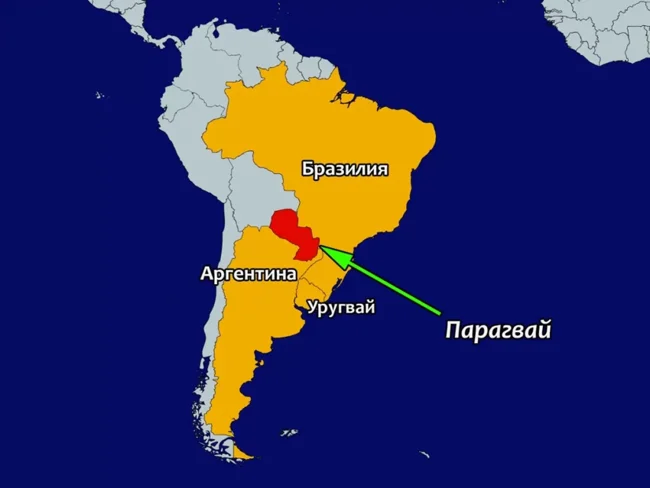
90% of Paraguay's male population died in the fighting. The total losses of states amounted to 1 million people. Paraguay lost up to 70% of the country's inhabitants. The nation was almost destroyed. The country lost half of its territory and to this day remains one of the poorest countries in Latin America.
Biafra War of Independence (1967 – 1970)
Biafra is a self-proclaimed republic in southeastern Nigeria, an oil granary and once the country's most economically developed region.
The roots of the conflict are attributed to the English colonial legacy, when Europeans created artificial administrative boundaries of states in Nigeria, despite cultural and religious differences. As a result, immediately after gaining independence, interethnic conflicts began throughout the country, which escalated into a separatist war.
Outnumbered by federal troops and lacking international recognition, the Biafran army was defeated. The republic was occupied, and the population was subjected to severe repression. Separatist losses ranged from 1 to 3 million people. The Nigerian army was missing 200 thousand people. There are still regional protests against the central authorities in the country 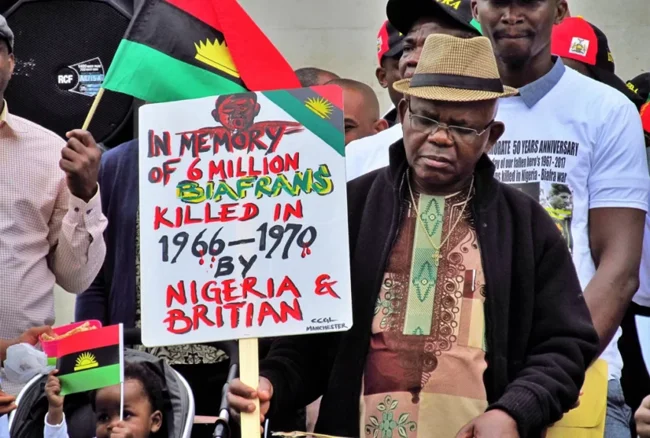
Civil war in Rwanda (1990 - 1994)
Rwanda is a former German and Belgian colony, where the Tutsi and Hutu tribes became the overwhelming nationalities. During the colonial era, Tutsis enjoyed privileges and headed Rwandan self-government.
The Hutus harbored resentment and, after gaining independence, began to fight for equality in the country. By the end of the 20th century, a civil war broke out between the tribes. 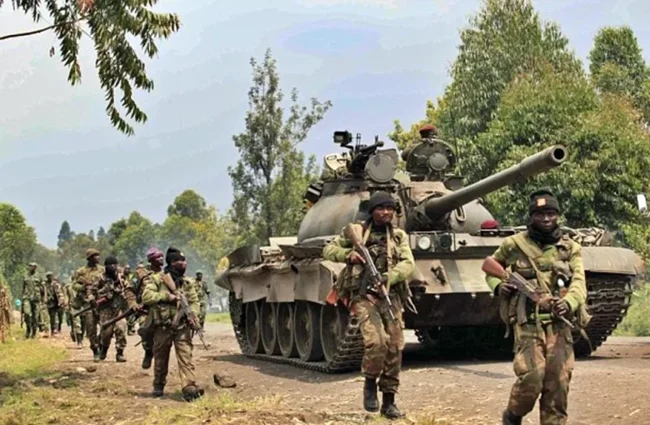
At first, the initiative was on the side of the Hutus, who killed up to 1 million rivals. The Tutsis fled to the Congo, where they regrouped and retook the country. Now the Hutus were forced to flee to Congo, which took on the role of mediator in the conflict. As a result, Rwanda lost 20% of its population.
Great African War (1998 – 2002)
Few people know about it, but this conflict happened only 24 years ago. Nine countries took part in it, but with small armies of 50 thousand soldiers on each side, the war claimed from 4 to 5.5 million lives. Civilians were slaughtered based on race and ethnicity, and many were killed by hunger and disease.
The conflict began against the backdrop of the Rwandan civil war and the genocide of the Tutsi. Refugees poured into neighboring Congo, where they began to run into the Rwandan army. As a result, Congo, where there were also constant inter-ethnic clashes, plunged into civil war. 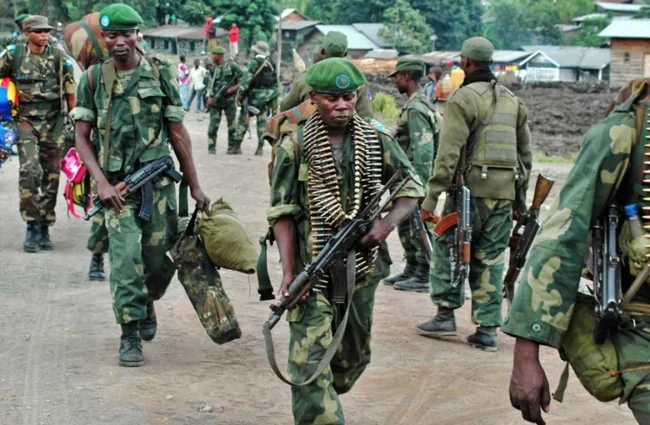
Nine other neighboring African countries and 20 armed groups, each with their own interests, intervened in the conflict. World powers also intervened - China, the USA, France, Great Britain, and the countries of the former USSR.
Some wanted to stop the flow of refugees, others wanted to solve the “national question”, others wanted to come to power, and others wanted to control the Congo’s fields. The event is recognized as the largest war in African history and the bloodiest conflict since the Second World War.
There was no winner in the conflict. Due to famine, genocide and epidemics, 5 million people died. And although a peace agreement has been signed, in fact the war is still going on: new rebel groups have formed, fighting for power in the Congo and organizing bloody battles with the government.
Iran-Iraq War (1980 - 1988) 
The last “total war” of the 20th century, which claimed more than 500 thousand Iranian soldiers and the same number on the Iraqi side. Over 100 thousand civilians were killed, about 1.5 million were injured.
The reason for the war was the Islamic Revolution in Iran. Saddam Hussein, fearing the spread of revolutionary sentiments to his own country, and also having claims to disputed oil-bearing areas, declared war on his neighbors.
The initiative in the conflict changed hands several times. Both sides used chemical weapons, bombed enemy cities and conscripted children into the army.
In the end, the war became protracted and came to a dead end. The participants in the conflict suffered colossal material and human losses. Despite the failure of military objectives, Iraq declared itself victorious. Iran did the same.
